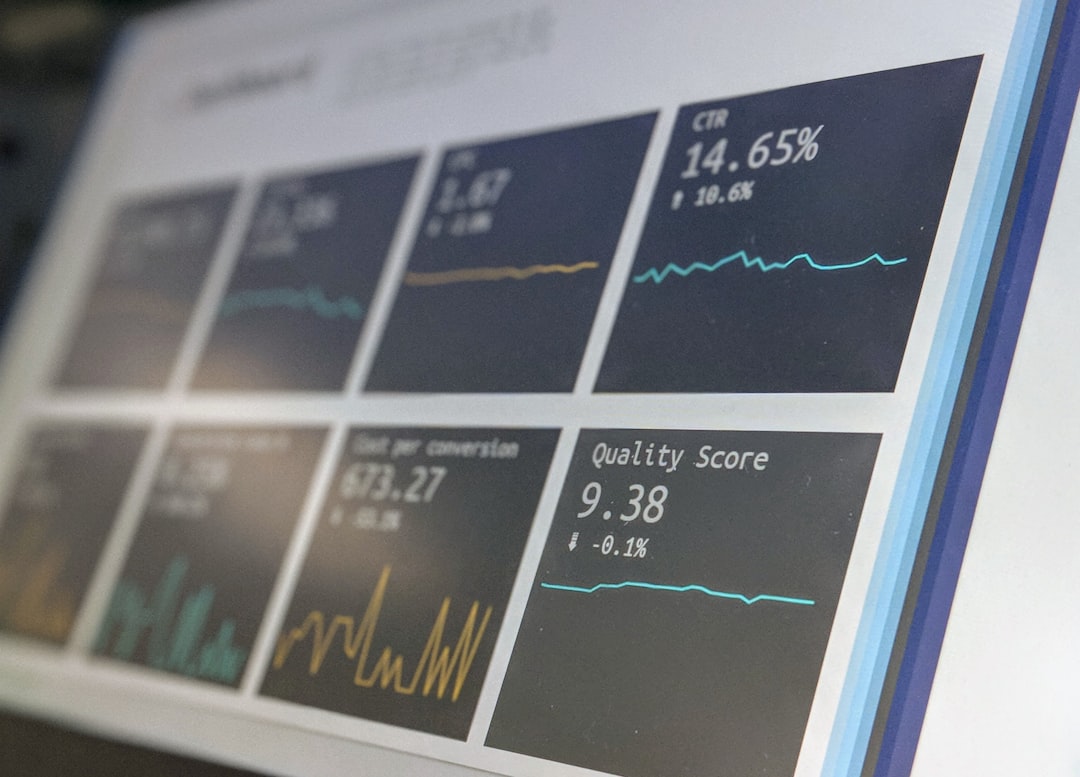
Understanding Data Frames for Packet Networking Insights
In today’s fast-paced digital landscape, effective data management and analysis are crucial for successful packet networking. As networks become more complex, the ability to analyze data frames effectively can provide invaluable insights into network performance, security, and user behavior. This article delves into the significance of data frames in packet networking and how they can be leveraged for enhanced insights.
What are Data Frames?
Data frames are structures that hold data in a tabular format, allowing for easy manipulation and analysis. In packet networking, a data frame is a data packet that contains all the information needed for transmission, including headers, payloads, and trailers. Understanding the structure and purpose of data frames is essential for network professionals aiming to optimize their systems.
The Role of Data Frames in Networking
Data frames facilitate communication between devices in a network. Each data frame typically comprises three main components:
- Header: Contains metadata about the frame, such as source and destination addresses.
- Payload: The actual data being transmitted.
- Trailer: Often contains error-checking information, ensuring data integrity during transmission.
The efficiency of data frames directly impacts network performance, making it essential for network engineers to analyze and optimize these structures.
Emerging Trends in Data Frame Analysis
Recent developments in networking technology have emphasized the importance of real-time data frame analysis. Here are some trends shaping the future of data frames in packet networking:
1. Real-Time Analytics
With the rise of IoT and smart devices, the volume of data generated is unprecedented. Real-time analytics allows network administrators to monitor data frames as they travel through the network, providing immediate insights into traffic patterns and potential issues.
2. Machine Learning Integration
The integration of machine learning algorithms with data frame analysis is revolutionizing how networks are managed. By analyzing historical data frames, these algorithms can predict network behavior, helping administrators to proactively manage traffic and identify anomalies.
3. Enhanced Security Measures
As cyber threats evolve, securing data frames has become more critical. Advanced encryption techniques and intrusion detection systems are being implemented to protect the integrity and confidentiality of data frames in transit.
Practical Applications of Data Frame Analysis
Case Study: Network Performance Optimization
A mid-sized company faced significant latency issues affecting their operations. By analyzing data frames, network engineers identified that a specific application was generating excessive broadcast traffic. After optimizing the application and refining data frame structures, the company experienced a 40% reduction in latency, demonstrating the practical benefits of data frame analysis.
Example: Security Incident Response
Consider a scenario where unusual traffic patterns are detected in data frames. By leveraging real-time analytics, network administrators can quickly identify and respond to potential security incidents, minimizing the impact of threats on the network.
Expert Opinions on Data Frame Utilization
According to Dr. Jane Smith, a leading network engineer, “Understanding data frames is key to optimizing network performance. By leveraging real-time data analysis tools, organizations can not only enhance their operational efficiency but also fortify their security posture.”
Further Reading and Tools
To deepen your understanding of data frames and packet networking, consider exploring the following resources:
- Cisco’s Guide to Data Frames
- Understanding Network Protocols
- Machine Learning for Network Traffic Analysis
Glossary of Terms
- Latency: The time it takes for data to travel from source to destination.
- Payload: The actual data carried within a data frame.
- Encryption: The process of converting information into a code to prevent unauthorized access.
As you continue to explore the world of packet networking, consider adopting tools that facilitate data frame analysis. Implementing these strategies can significantly enhance your network’s efficiency, security, and performance.
Encourage your peers to share insights and resources related to data frames, and consider subscribing to relevant newsletters for ongoing updates in the field.


